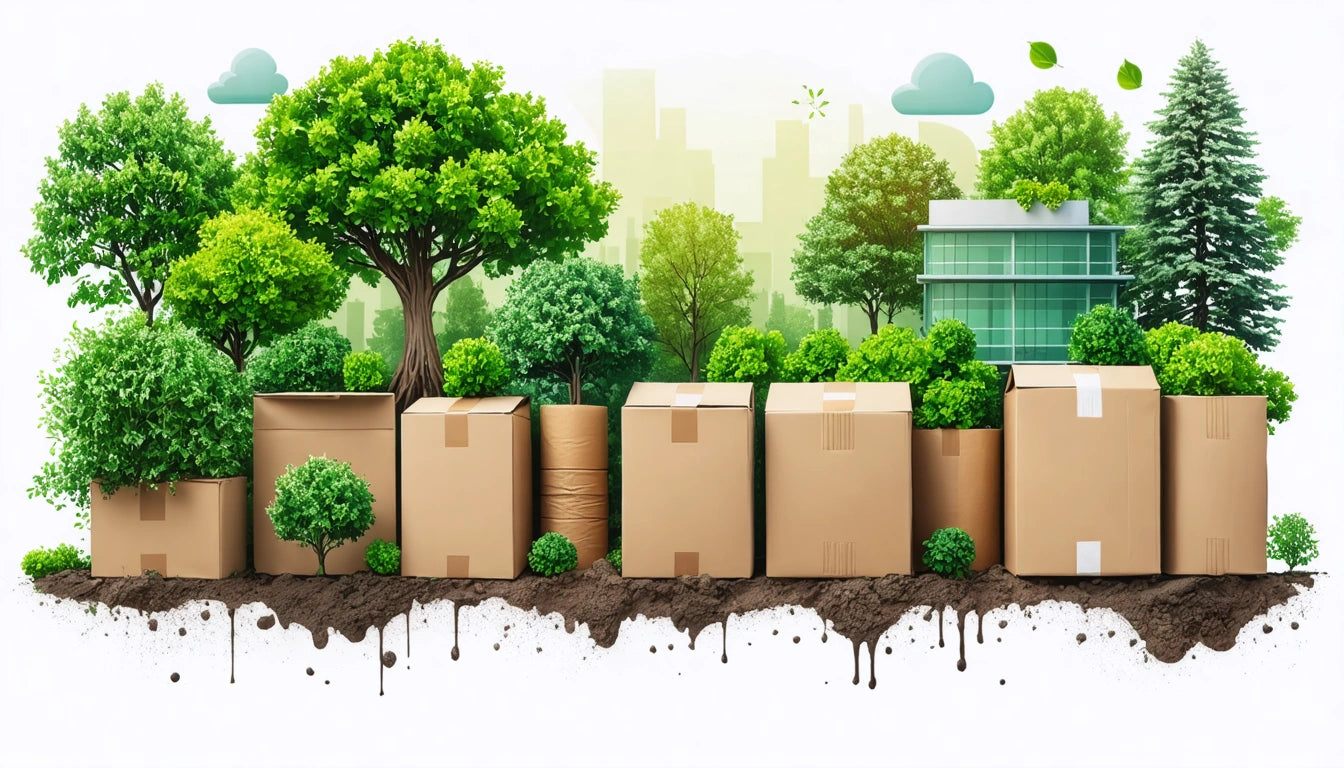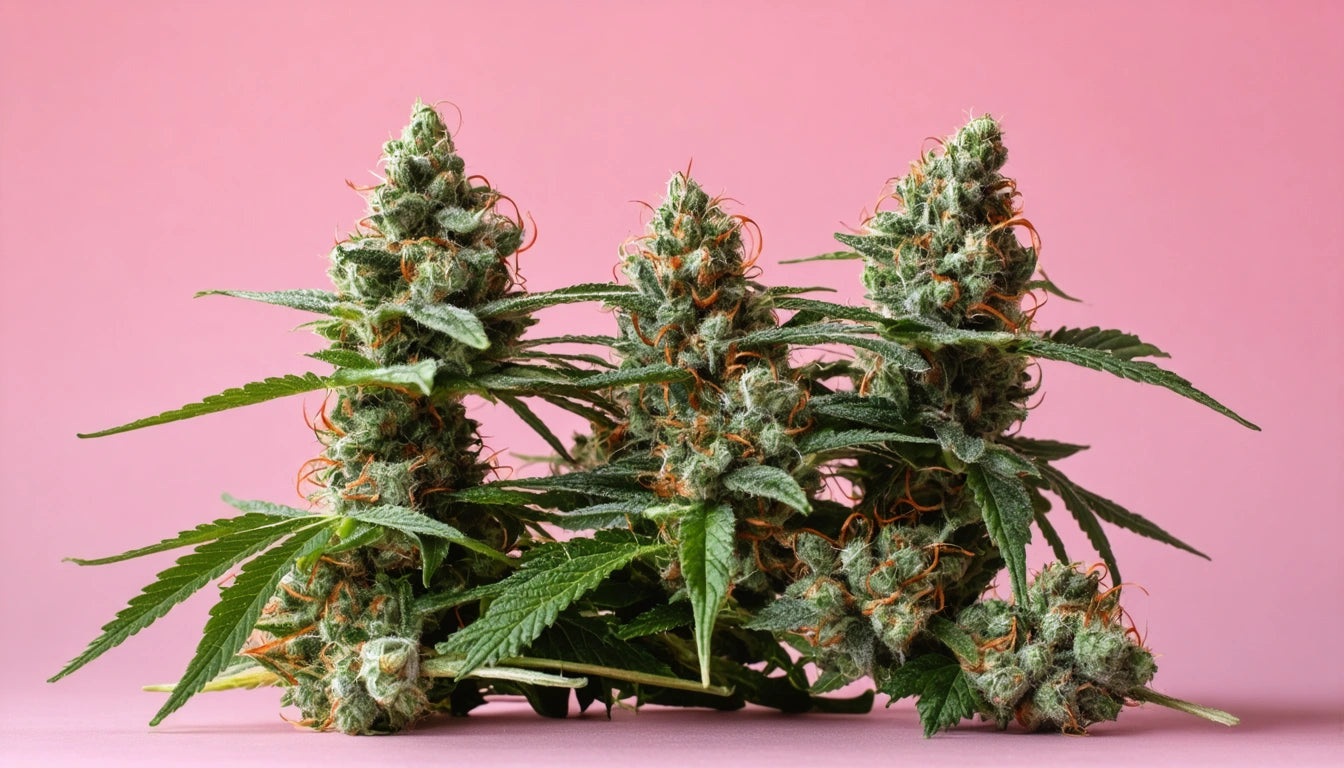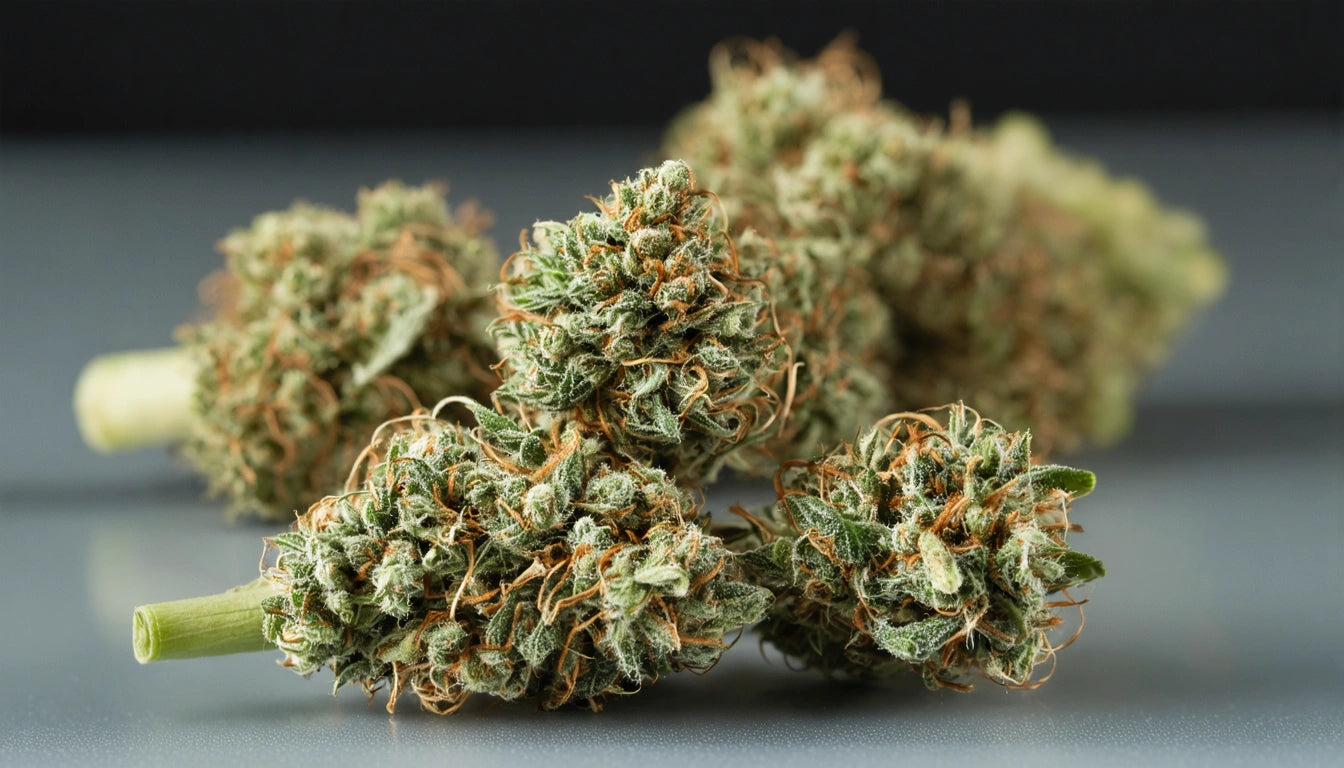Table of Contents
Understanding Post-Consumer Recycled Content: What It Means and Why It Matters
As sustainability becomes increasingly important in consumer choices, terms like "post-consumer recycled content" appear more frequently on product packaging. But what does post-consumer recycled content actually mean, and why should you care about it? This comprehensive guide explains the concept, its environmental impact, and how it differs from other recycling terminology.
What Is Post-Consumer Recycled Content?
Post-consumer recycled (PCR) content refers to materials that have completed their lifecycle as consumer products and would otherwise have been disposed of as waste. These materials are collected through recycling programs, processed, and then manufactured into new products. Unlike virgin materials, PCR has already served its intended purpose before being repurposed.
For example, when you recycle a plastic water bottle in your curbside bin, it may be processed and transformed into new packaging, clothing fibers, or even components for specialized closures like child-resistant caps for containers, giving the material a second life rather than ending up in a landfill.
Post-Consumer vs. Pre-Consumer Recycled Materials
Understanding the difference between post-consumer and pre-consumer recycled content is crucial:
Post-Consumer Recycled Content
- Derived from products that have been used by consumers
- Collected through municipal recycling programs
- Would otherwise enter the waste stream
- Examples: recycled plastic bottles, newspapers, aluminum cans
Pre-Consumer Recycled Content
- Made from manufacturing waste that never reached consumers
- Also called "post-industrial" recycled content
- Examples: fabric scraps, paper trimmings, plastic molding rejects
While both types of recycled content reduce waste, post-consumer recycled materials have a greater environmental impact because they divert waste that would otherwise end up in landfills or oceans. As explained in this article about global recycling realities, not all collected recyclables actually get processed, making PCR initiatives particularly valuable.
Benefits of Using Post-Consumer Recycled Content
The advantages of incorporating post-consumer recycled content into products and packaging extend beyond simple waste reduction:
Environmental Benefits
- Reduces landfill waste and ocean pollution
- Decreases greenhouse gas emissions compared to virgin material production
- Conserves natural resources and raw materials
- Requires less energy than producing new materials
Business Benefits
- Meets growing consumer demand for sustainable products
- Helps comply with emerging regulations requiring recycled content
- Can improve brand reputation and loyalty
- May reduce packaging costs in some cases
Comparing recycling to composting shows that while both are valuable sustainability practices, recycling certain materials like plastics and metals often has advantages in terms of energy conservation and resource recovery.
Common Post-Consumer Recycled Materials
Various materials can be recycled into post-consumer content, though each has different characteristics and recycling rates:
Plastics (rPET, rHDPE, etc.)
Recycled PET (from water bottles) and HDPE (from milk jugs) are commonly used in new packaging. The recycling process involves sorting, cleaning, shredding, and reforming the plastic. The "r" prefix indicates recycled content.
Paper and Cardboard
Paper fibers can be recycled 5-7 times before becoming too short for paper production. Recycled paper products range from packaging to office paper to tissue products.
Metals
Aluminum and steel have high recycling values and can be recycled indefinitely without quality loss, making them ideal circular materials.
Glass
Glass is 100% recyclable and can be recycled endlessly without quality degradation, though transportation costs can make glass recycling challenging in some regions.
For a deeper understanding of what can be recycled, this ultimate recycling guide provides comprehensive information on different material types.
Identifying Post-Consumer Recycled Products
Consumers can identify products containing post-consumer recycled content through various labeling practices:
- PCR content percentage claims (e.g., "Made with 30% post-consumer recycled plastic")
- Recycling symbols with numbers and letters indicating material type
- Third-party certifications that verify recycled content claims
Understanding recycling symbols is essential for both consumers and businesses to make informed choices about the products they purchase and use.
Challenges in Post-Consumer Recycling
Despite its benefits, post-consumer recycling faces several obstacles:
Collection and Contamination
Consumer confusion about what can be recycled leads to contamination, which can render entire batches of recyclables unusable. Education and clear labeling are crucial to address this issue.
Processing Limitations
Not all recycling facilities can process all types of materials. For example, many facilities cannot handle certain plastics or foam packaging, creating gaps in the recycling system.
Quality Concerns
Some PCR materials may have quality limitations compared to virgin materials, particularly for food-contact applications or when specific performance characteristics are required.
Market Fluctuations
The economic viability of recycling depends on market demand for recycled materials, which can fluctuate based on virgin material prices and other factors.
Future of Post-Consumer Recycling
The landscape of post-consumer recycled content is evolving rapidly with several promising developments:
- Advanced sorting technologies using AI and robotics to improve recycling efficiency
- Chemical recycling processes that break down plastics to their molecular components
- Increased government regulations mandating minimum recycled content percentages
- Consumer brands committing to specific PCR content goals
- Innovations in packaging solutions designed specifically for recyclability
As these technologies and practices advance, post-consumer recycled content will likely become more prevalent, higher quality, and more economically competitive with virgin materials. By understanding what post-consumer recycled content means and supporting products that incorporate it, consumers and businesses alike can contribute to a more sustainable, circular economy.











Leave a comment
All comments are moderated before being published.
This site is protected by hCaptcha and the hCaptcha Privacy Policy and Terms of Service apply.